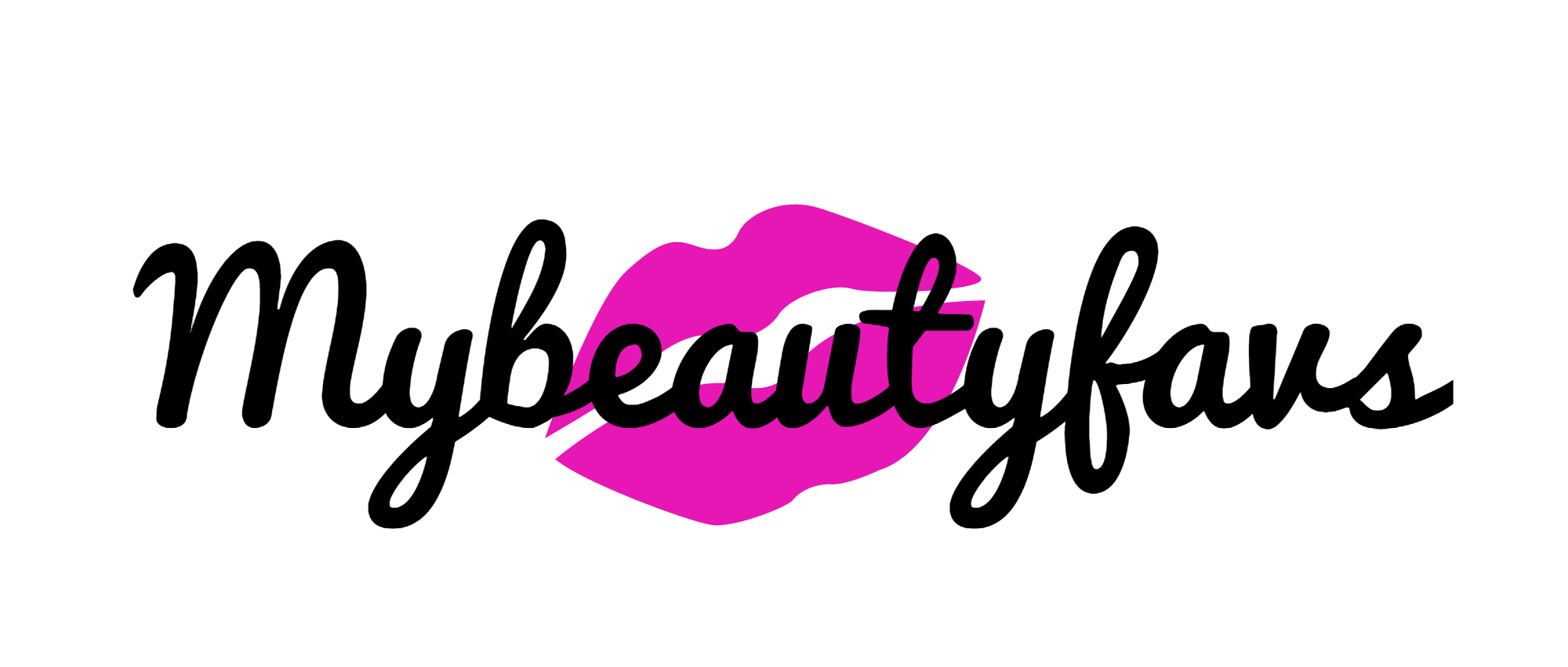Colour Correcting 101:
It seems like more and more makeup trends are constantly emerging, from contouring to strobing and now the new trend is colour correcting. It’s been around for a while but lately many companies are creating a wide range of colour correcting products. Most of the products I’ve seen come in the form of pencils/sticks or cream based formulas and each has a different purpose. Have you seen those face charts illustrated with multiple colours on the face and have no clue what each colour is for? It may seem complicated but it’s an easy notion. I will break down the basic colour correcting concept and hopefully help you determine which product is better suited for your skin.
Courtesy of Google Images
Colour Correctors vs Concealers?
Colour correctors are different from concealers as they work to neutralize problem areas. It is best to neutralize a targeted area before adding another colour on top for a more flawless look. This method is used to reduce or hide pigmentation, dark circles, redness, acne, and scars etc. Concealers on the other hand, conceal areas but can sometimes enhance flaws. Concealers come in skin toned shades whereas correctors come in various bright colours such as orange, peach, yellow, green and lavender. Depending on the hues of your skin, choosing the correct shade of a particular colour corrector is also important. For example, dark orange correctors work better for deeper skin tones while a lighter peachy shade will work best on fairer skin tones to cover up under eye circles.
The Colour Wheel Theory:
Courtesy of Google Images
Using a colour wheel is the easiest way to determine which two colours complement each other. When two opposite colours (directly across from each other) on the wheel are combined they counteract to neutralize an affected area.
Most Common Correctors:
With all of the colours mentioned below, a little goes a long way. I suggest just dabbing a little bit on the targeted area with a brush or your fingers and blend it in with a sponge (eg. beauty blender). Then cover with concealer and/or foundation and set with a powder. Brands like Mac, NYX Cosmetics, Sephora Collection, Smashbox, L.A. Girl, MUFE and Becca Cosmetics, make some great colour correcting products.
Peach/Orange: As I mentioned above, this colour is used to hide the under eye circles. The orange counteracts the blue/purple undertones that appear in that area. It works as a brightening agent to eliminate any raccoon eyes and any signs of fatigue. This is the most common color corrector used; for me it’s the only one I use. Pictured below are the orange correctors I love. Red and orange lipsticks can also do the trick.
L.A. Girl-Orange Corrector, NYX Concealer-Deep, and Anastasia Beverly Hills Cream Contour-Medium
Green: Green correctors neutralize redness. It’s perfect for spot treatment on any red acne bumps or spots. Commonly used to cover Rosacea, sun burn, extreme redness and acne.
Purple/Lavender: If you have dull yellow undertones in your skin, adding some purple to your face will help brighten up your complexion. It also works well as a spot treatment for any yellow spots.
Yellow: Yellow works well to even out skin tones and is good for covering up brown pigmentation on the skin like age and sun spots and hyper pigmentation. These are also good for covering blue-green bruises on skin.
I hope this was helpful for some of you. If you don’t have any of the above issues, I’m jealous because dark circles are a major concern for me. As much as this may be a popular trend at the moment, it may not be necessary for all. Why add more layers on your face if you don’t have to. With that said, use your judgment; any regular concealer should work to veil little imperfections. Also, if anyone has some other colour correcting tips and tricks for dark circles, please let me know!
Thanks for reading,
Samantha



